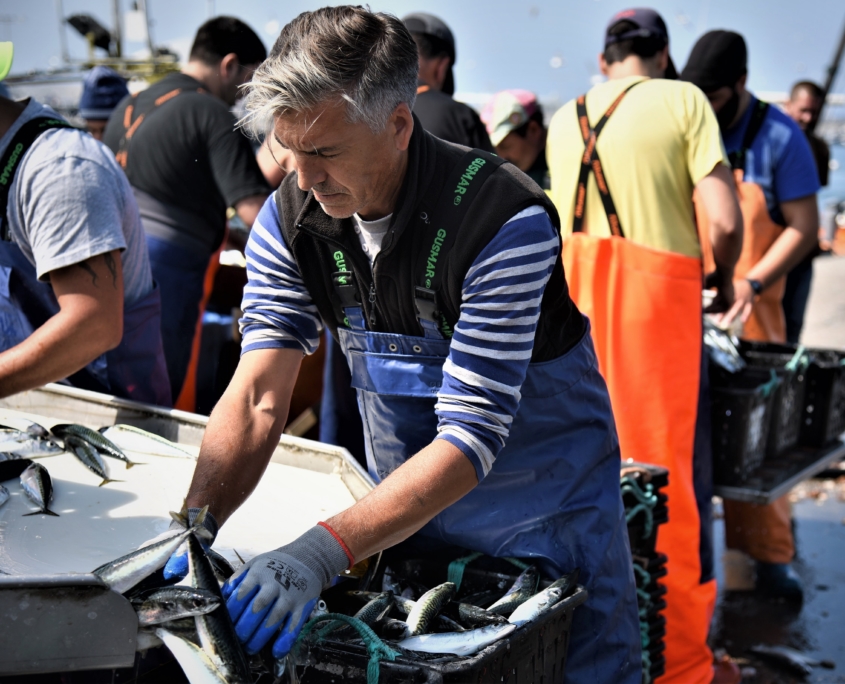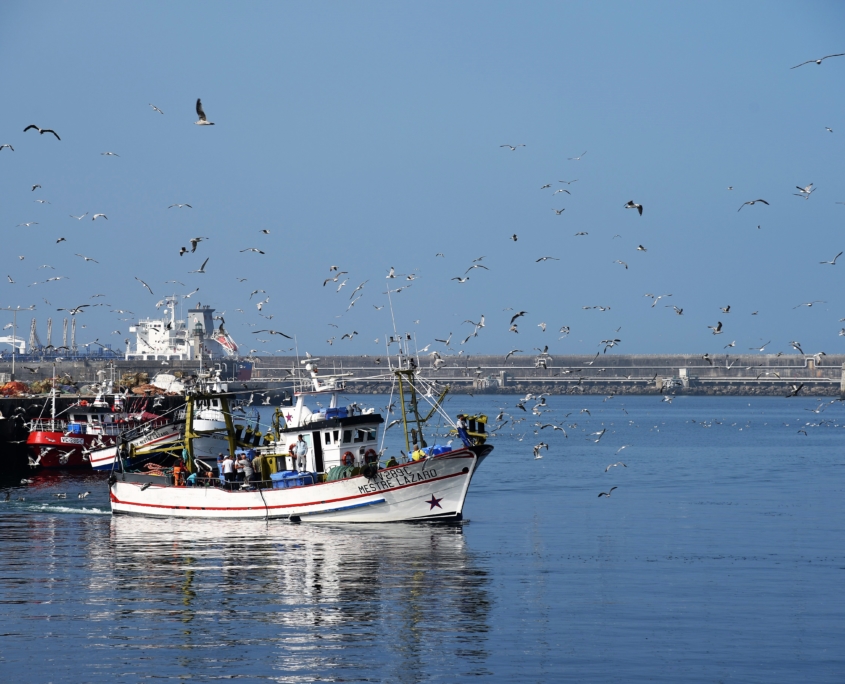The sardine, one of Lisbon’s symbols
Sardines, the tasty queen of popular festivals.
Sardines are a staple of Lisbon and Portuguese festivals. It’s the symbol.
Every year, a design competition is held to illustrate the June festivities, based around this emblem of the city.
The sardine is inextricably linked with the long nights of June, when the city indulges in a little extravagance. Its flesh is succulent, and that’s why it’s so popular at this time of year.
Sardines are rich in omega-3 fatty acids and more than once helped the Portuguese escape famine. Since then, we’ve kept a special affection for the little fish.
A much-loved fish that must be preserved
Threatened by intensive fishing, the sardine is subject to very strict catch restrictions. On the coasts, fishing was suspended in September 2018, and was not authorised again until May 2019.
Authorisation to fish for this fish concerns Portugal and Spain, with the two countries sharing the catch area, which extends as far as Morocco, another important fishing area.
Rivalry between the two countries still exists: the Portuguese call a sardine that isn’t very good “Spanish”!
How to eat sardines
Sardines are grilled whole, without being gutted. It is important to avoid the fat catching fire, as sardines are delicate fish. Sprinkle generously with coarse salt.
The fish is best eaten on a slice of bread, sometimes cornbread (broa). It can also be served with boiled potatoes and a salad of grilled peppers, tomatoes and cucumber.
As the number of consumers increases, the fish served in the street at Saint Anthony’s Day is sometimes frozen. It is frozen fresh, as restaurateurs like to say. But it is often thawed too quickly, making it mealy and rubbery. To be avoided.
The fish is best eaten on a slice of bread, sometimes cornbread (broa). It can also be served with boiled potatoes and a salad of grilled peppers, tomatoes and cucumber.
As the number of consumers increases, the fish served in the street at Saint Anthony’s Day is sometimes frozen. It is frozen fresh, as restaurateurs like to say. But it is often thawed too quickly, making it mealy and rubbery. To be avoided.
A word of advice… it’s better to have one good sardine than several that are not fresh, badly cooked and whose over-consumption depletes stocks in the ocean.
a recommendation from www.lisbonne-affinités.com










